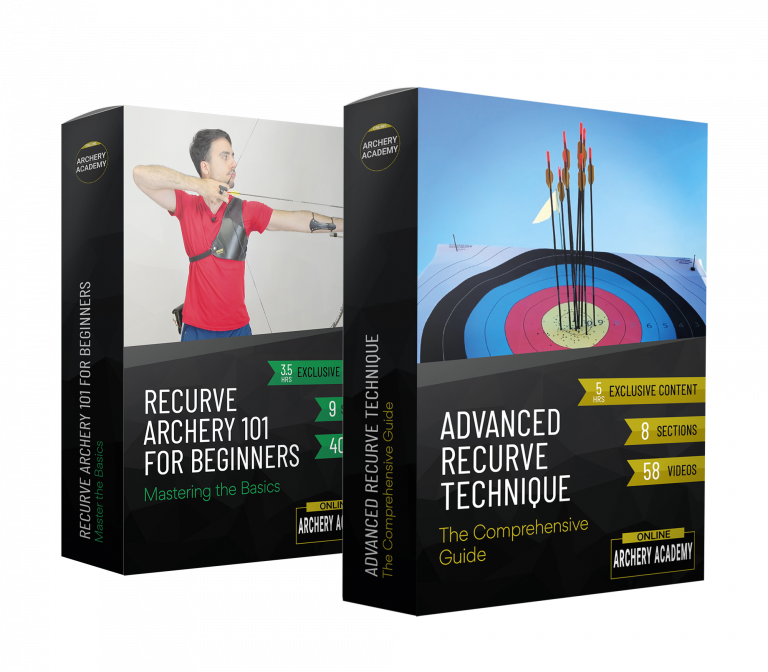Blank Bale Practice for Recurve Archery
Blank Bale Practice – Introduction
So, as everyone is at home, here are some great ways to keep up your archery training, and keep it interesting even though you can’t get to the club like you normally would. For a general introduction to training read out Recurve Archery Basics, How To Train for Archery and How To Learn Archery guides.
Now, I wanted to take a different approach here. I’ve seen a lot of talk about bow training, visualisation…etc. And that’s obviously all great, but the tricky thing with home training is keeping the enjoyment and variety, and also making sure your training is still effective. So I wanted to give some specific advice to make your home training much better, and I’m going to start by showing you how to improve your blank bale work.
The Fastest Way to Learn Archery
Save years of frustration and improve your technique and scores today. Without spending thousands on equipment or travelling hours for coaching. Plus OAA readers get 20% off.
Expert step-by-step guidance, lifetime access and a 100 day money-back guarantee, no questions asked.

BLANK BALE PRACTICE – SET A CLEAR GOAL
If you’re lucky enough to be able to shoot blank bale at home, this is obviously great. But just shooting thousands of arrows into blank bale with no purpose will get you physical conditioning and muscle memory alone. It won’t help you improve your technique. If you actually want to improve your technique you have to use blank bale properly; you can’t just go through the motions, which is something that is incredibly easy to do.
So, how do you make it more fun and solve the monotony? It starts with having a clear goal and feedback. By definition you’ve removed the outcome feedback, so if your goal is just planning to go out and shoot 100 arrows, then that’s a recipe for boredom, and sub-par training. You’ll probably lose focus and just count down the arrows until you can finish. Where’s the fun in just shooting arrows mindlessly at close range.
You NEED to have a purpose that’s challenging, and a clear way that you can measure this and see progress. Because you don’t have outcome as a challenge, you must find other places to challenge yourself.
Pick ONE technique area, choose a measure for it, and then set a challenge! Simple. Imagine I’m working on my bow hand placement, which is quite a common area to work on. Maybe I’ve always placed it a bit too far round counter-clockwise, and I want to make sure the bottom part of my hand doesn’t touch the grip. That’s my focus.
I’m going to measure this by using video delay feedback on each shot, which by the way is a great way to make blank bale much more interesting, and actually worthwhile. The challenge I’m going to set myself is to shoot 50 shots in a row without this bottom part of the hand touching the grip. If I have a single shot where I don’t achieve this, I have to start again.
A simple challenge like this can really make this period of blank bale training much more effective, and rather than being bored you’ll feel a greater sense of progress. You’ll also come out the other side with better technique for the outdoor season. If it was me, I would pick an area that I’ve always struggled with and really want to improve, it will be worth it!
BLANK BALE PRACTICE – REPLICATE THE PURPOSE
It might seem obvious that if you’re using blank bale to train your technique for competitions then you would try and replicate this is much as possible. But far too many archers neglect this.
If you are shooting blank bale, you MUST execute your full shot cycle in exactly the same way as when you shoot at a target. Blank bale shouldn’t be seen as the easy option where you can just fling arrows down for a couple of hours and come out as a better archer. This means that on each shot you should have some sort of aiming point, and you should focus on executing your whole shot properly.
What’s more, make sure you replicate the angle that you’re training for. I cannot stress this enough! One of the key challenges of shooting at distance is the angle. If you even spend a day shooting at a really low target, when you go to 70m it will feel extremely different. The whole shot feeling needs adjustment and it’s much harder to keep your posture, alignment and execution when you have to aim higher. So, make sure you shoot with the target high enough so you replicate your 70m angle.
BLANK BALE PRACTICE – COMPETITION SIMULATION
I can see you looking a bit confused at this. Don’t worry, I haven’t gone crazy. The thing is, just because you’re not shooting at a target face, it doesn’t mean you can’t score or simulate a competition.
There are two parts to this: visualisation and shot feedback. Let’s start with visualisation.
If you’re familiar with visualisation, you know that it’s about imagining yourself shooting and seeing this in your minds eye. You can combine this with blank bale shooting to simulate a competition environment. Here would be an example, I’m working on my release and often in a H2H match I’ve noticed that my release isn’t as strong as I’d like, and I want to improve this. During blank boss I can visualise I’m at a competition before I step up to the shooting line, I can imagine everything around me, the sound of the buzzer and me and my opponent walking to the shooting line. I can synchronize this with actually stepping up to shoot at close blank bale and beginning to shoot. Now, I can pretend that each blank bale shot is inside my visualisation. I can really focus on keeping the release strong and aggressive, and visualise this. I can feel the good release, imagine the arrow flying down range into the target and use this as a way to practice maintaining my technique in competition scenarios.
Finally, what about scoring? You might have heard of a popular exercise where you shoot with a scope on the line, and before your arrow hits the target you rate your shot according to where you think it will land. Then you can check through the scope whether you were correct or not. This is a great exercise, but you can also do this at blank bale. You can shoot each shot and rate it according to where you think it would land if you were shooting at a target face. Obviously the key here is being honest with yourself, but if you do it properly it can provide a great way of actually doing scoring practice at home. You can set challenging score goals for yourself and score whole rounds during your practice. It can honestly transform blank bale shooting.
For the best experience, you can combine this ‘scoring’ with the visualisation I mentioned before!
